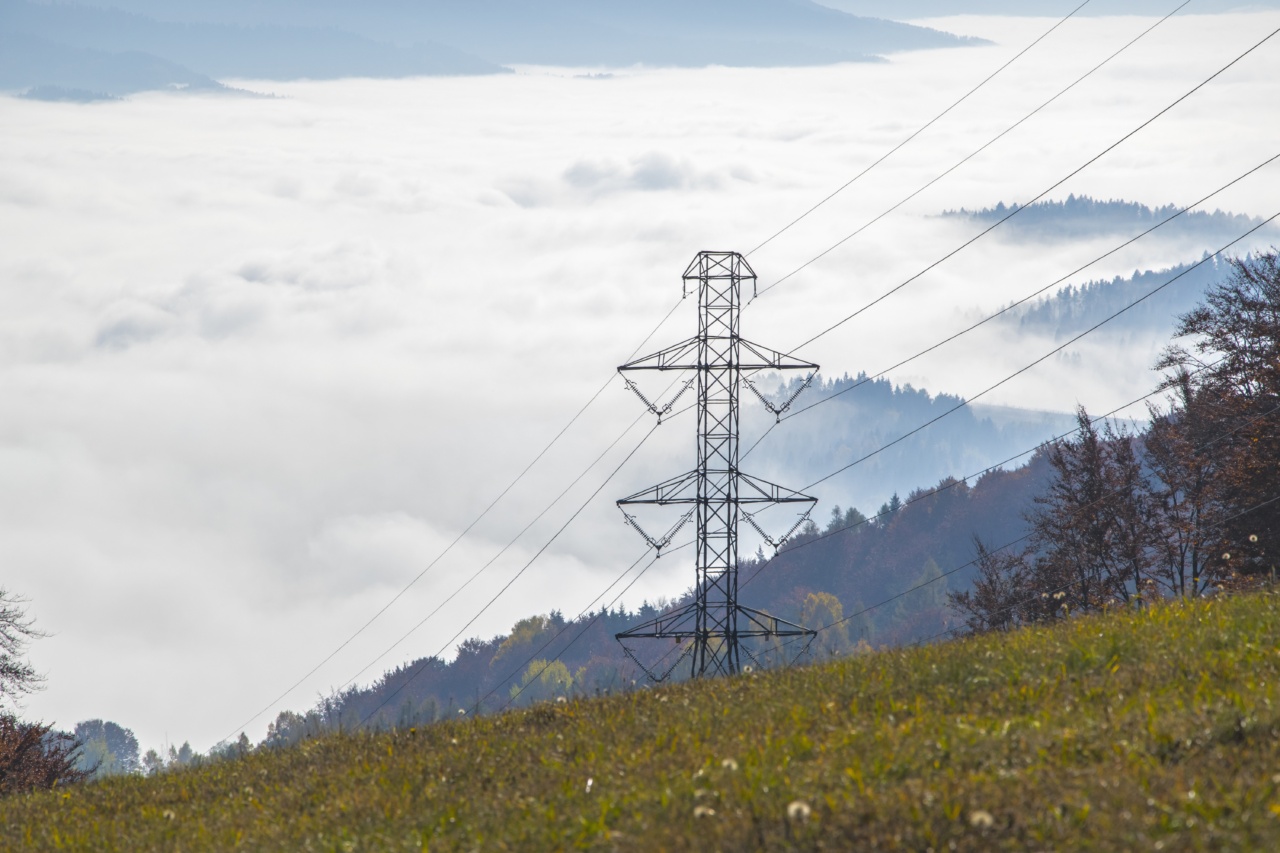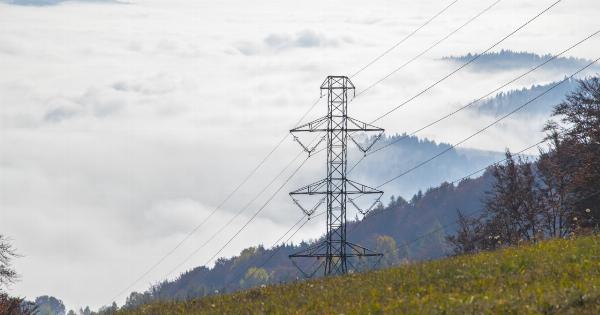Pimples are a common skin condition that affects people of all ages. While there are many factors that contribute to the development of pimples, diet is often cited as a significant influence.
Certain foods can trigger the production of excess oil, leading to clogged pores and the formation of pimples. In this article, we will compare high and low danger foods that are known to cause pimples.
High Danger Foods
1. Dairy Products.
Dairy products such as milk, cheese, and yogurt are often associated with acne breakouts. These products contain hormones and growth factors that can stimulate oil production in the skin, leading to clogged pores and pimples.
2. High Glycemic Index Foods.
Foods with a high glycemic index, such as white bread, sugary snacks, and processed snacks, can rapidly increase blood sugar levels.
This spike in blood sugar triggers a cascade of hormonal changes that can stimulate oil production and result in acne development.
3. Chocolate.
Although the connection between chocolate and pimples is not fully understood, some studies suggest that the high sugar and fat content in chocolate may contribute to acne breakouts.
Additionally, certain ingredients in chocolate, such as milk and artificial flavors, can also worsen acne symptoms.
4. Fast Food.
Fast food options, including burgers, fries, and pizza, are often high in unhealthy fats and processed ingredients. These foods can increase inflammation in the body and promote the production of sebum, leading to the formation of pimples.
5. Spicy Foods.
Spicy foods may cause an increase in body temperature, which can lead to excessive sweating. Excessive sweating can lead to clogged pores and acne breakouts in some individuals. Moreover, spices can also irritate the skin and worsen existing pimples.
Low Danger Foods
1. Fruits and Vegetables.
Fruits and vegetables are rich in vitamins, minerals, and antioxidants that promote skin health. These foods help to reduce inflammation, regulate oil production, and maintain healthy cell turnover, minimizing the risk of developing pimples.
2. Whole Grains.
Incorporating whole grains, such as brown rice, quinoa, and whole wheat bread, into your diet can have a positive impact on your skin.
Whole grains have a low glycemic index, which means they release glucose into the bloodstream slowly, avoiding the rapid blood sugar spikes that can trigger acne.
3. Lean Proteins.
Foods like lean meat, fish, poultry, and tofu provide the body with essential amino acids that support skin health.
These proteins aid in the repair and regeneration of skin cells, helping to maintain a clear complexion and minimize the occurrence of pimples.
4. Nuts and Seeds.
Nuts and seeds are excellent sources of healthy fats, vitamins, and minerals that nourish the skin. Omega-3 fatty acids found in walnuts and flaxseeds, for example, possess anti-inflammatory properties, reducing the risk of developing acne.
5. Green Tea.
Green tea is packed with antioxidants that help fight inflammation and reduce the production of sebum. Drinking green tea regularly can help keep the skin clear and prevent the occurrence of pimples.
Conclusion
While there is no clear-cut evidence that specific foods directly cause pimples, certain foods can contribute to their development.
Dairy products, high glycemic index foods, chocolate, fast food, and spicy foods are considered high danger foods that can worsen acne symptoms. On the other hand, incorporating low danger foods such as fruits, vegetables, whole grains, lean proteins, nuts, seeds, and green tea can promote healthy skin and reduce the risk of pimples.
Maintaining a balanced diet and practicing good skincare habits can go a long way in maintaining clear and acne-free skin.































